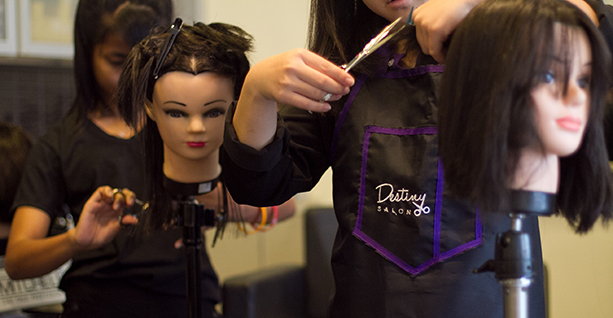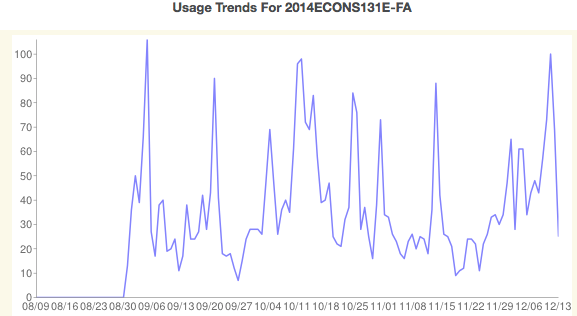Injecting New Life into an Old Class
Every spring for the last five years I’ve taught the same undergraduate seminar on the economics of human capital in Latin America. In layman’s terms, it’s mostly about the causes and consequences of schooling and health in the region, and it includes a healthy dose of public policy evaluation. I’m teaching it a sixth time this spring and even though it’s been successful in the past, there’s always room for improvement. My teaching gets better when I try new things, and frankly I’m more engaged with the class when it’s got some new elements. The class doesn’t need a complete overhaul, but a little change can go a long way.








